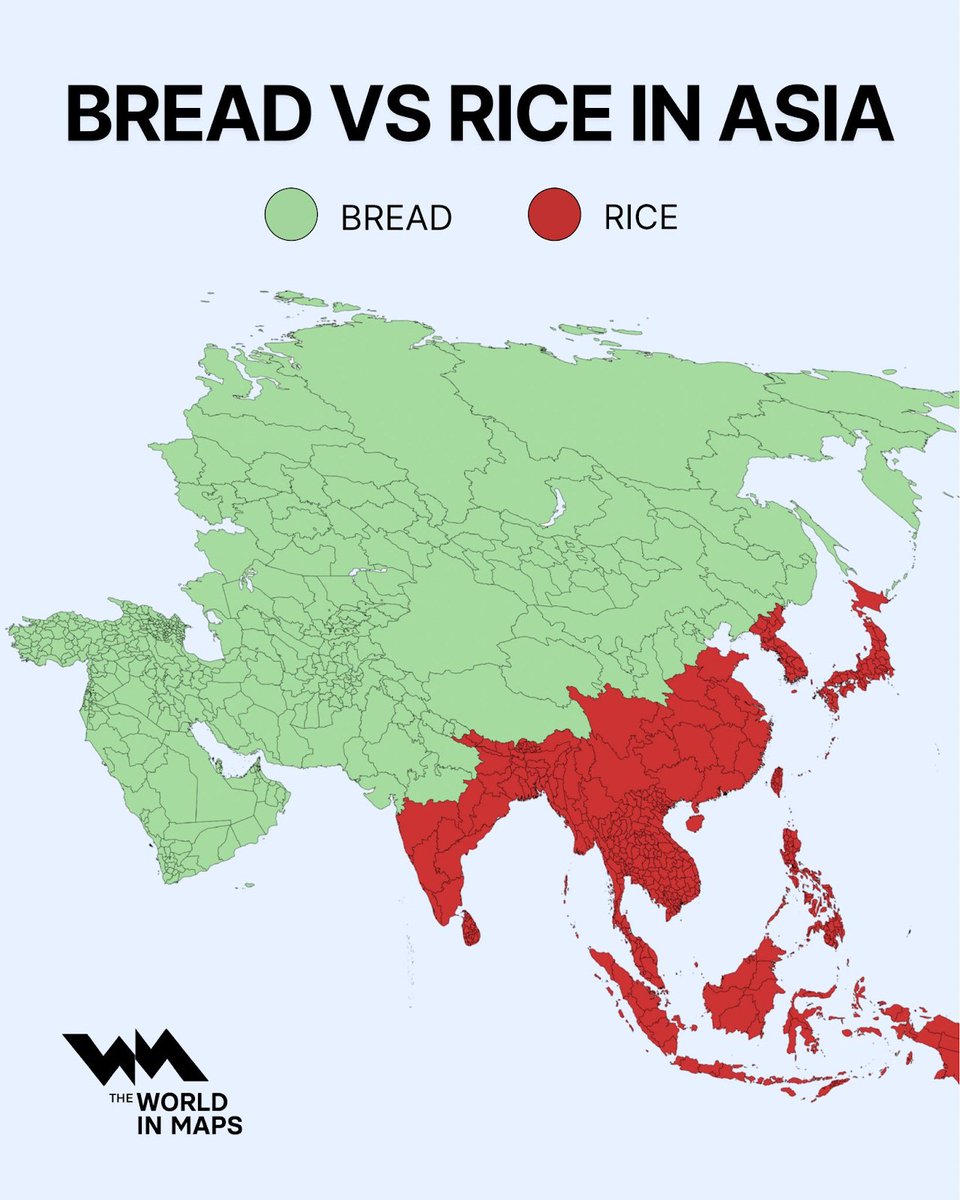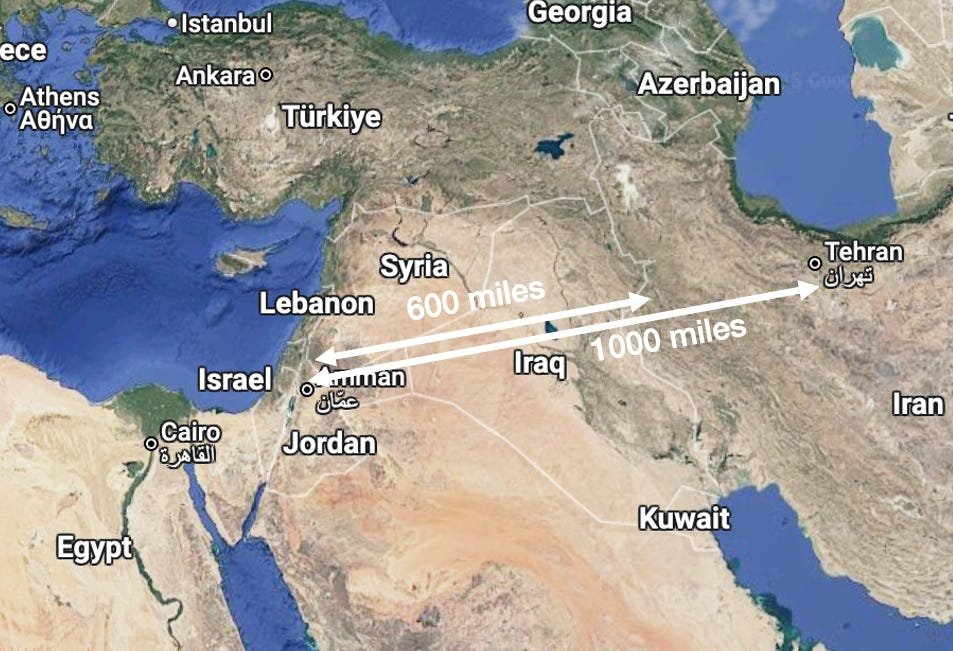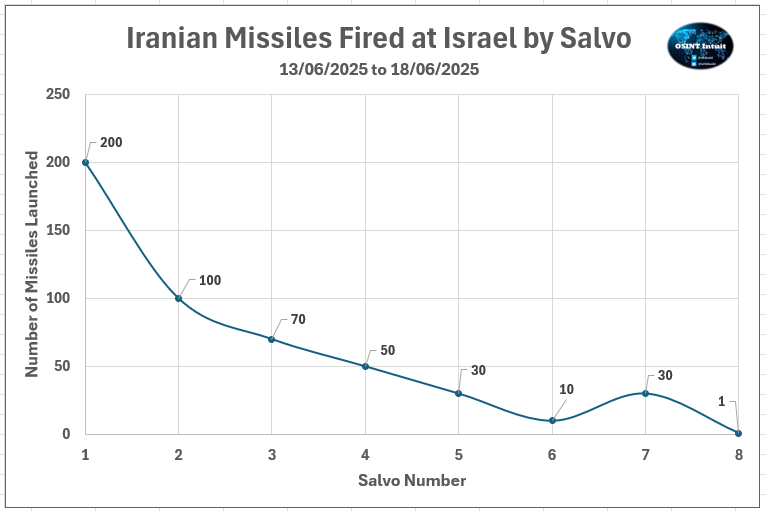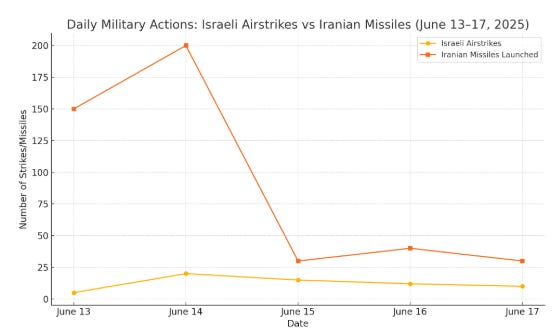Climate caused the US Civil War, because:
1. Slavery was the main cause of the war
2. Different crops were the main cause of slavery
3. Climate caused different crops in the North vs South
This is terribly important to understand the US today and how to heal it
🧵
1. Slavery was the main cause of the war
2. Different crops were the main cause of slavery
3. Climate caused different crops in the North vs South
This is terribly important to understand the US today and how to heal it
🧵
1. Slavery was the main cause of the war: the Abolitionist North & the Slavery South were competing to expand westward to increase their political influence
But the North grew & expanded faster, to a point where it could force abolition on the South, which then seceded
But the North grew & expanded faster, to a point where it could force abolition on the South, which then seceded
In 1790, the Free & Slave states had the same population, and there were many more Slave States (8 vs 5), so Slave States controlled the Senate.
By the eve of the war in 1860, the North had 50% more population and 4 more states, giving them control of both the House & Senate
By the eve of the war in 1860, the North had 50% more population and 4 more states, giving them control of both the House & Senate

With this power, Lincoln's Republican Party ran on an anti-slavery platform and won. Just after that, and before the inauguration, Slave States started seceding. 

2. But why was there slavery in the South and not the North?
Crops
Northern crops (wheat, barley, oats) have 2 key features compared to Southern ones (cotton, tobacco, sugarcane, rice):
a. They take much less work
b. Most of that work was easy to automate
Crops
Northern crops (wheat, barley, oats) have 2 key features compared to Southern ones (cotton, tobacco, sugarcane, rice):
a. They take much less work
b. Most of that work was easy to automate

Eg, cotton took 4x more work than wheat!
Wheat took ~35 hours of work per acre (h/a):
• Preparing soil: 13h/a
• Reaping: 14h/a
• Threshing: 8h/a
Cotton took ~130 h/a!
• Field prep: 70h/a
• Harvesting: 60 h/a
How is that possible!?
Wheat took ~35 hours of work per acre (h/a):
• Preparing soil: 13h/a
• Reaping: 14h/a
• Threshing: 8h/a
Cotton took ~130 h/a!
• Field prep: 70h/a
• Harvesting: 60 h/a
How is that possible!?

The soil where wheat, barley, & oats grow is easier to prep because climate is drier and cooler, so crops have fewer pests and weeds, and there's no waterlogging
Grains grow to a similar height and at the same time, so they can all be reaped together.
They're easy to store.
Grains grow to a similar height and at the same time, so they can all be reaped together.
They're easy to store.

These features also made them easy to mechanize:
• Machines didn't get stuck in mud
• They didn't need parts to adapt to different plant sizes
• Grains are tough and can stand a beating
• Machines didn't get stuck in mud
• They didn't need parts to adapt to different plant sizes
• Grains are tough and can stand a beating

Meanwhile, cotton grows in hotter & humid climates, which means more pests, more weeds, more waterlogging, and so more soil prep
Cotton bolls open at different times, requiring several runs to pick them
Cotton bolls open at different times, requiring several runs to pick them

And cotton mechanization was too hard for 1850:
• More mud and uneven soil (for water draining) were too hard for machines
• Cotton boll fibers are delicate, requiring human hands
For similar reasons, tobacco, rice & sugarcane require much more work than wheat, barley & oats
• More mud and uneven soil (for water draining) were too hard for machines
• Cotton boll fibers are delicate, requiring human hands
For similar reasons, tobacco, rice & sugarcane require much more work than wheat, barley & oats

Why does this matter?
Because this was the source of slavery
It existed in both the North & South in 1800, but it disappeared in the North over the following decades because it was not necessary
Because this was the source of slavery
It existed in both the North & South in 1800, but it disappeared in the North over the following decades because it was not necessary
So, little labor for Northern crops:
➡️A single homestead could work a big farm
➡️Ppl literally reaped what they sowed, so really cared about improving yields
➡️It could mechanize, requiring investment
➡️Machines made Northerners more productive, increasing wages
➡️A single homestead could work a big farm
➡️Ppl literally reaped what they sowed, so really cared about improving yields
➡️It could mechanize, requiring investment
➡️Machines made Northerners more productive, increasing wages
In the 1800s South, labor was the biggest cost of farming, so slavery made growing cotton, tobacco & sugarcane profitable. That's why all cash crop areas (including the Caribbean & Brazil) had so much slavery 

So the South invested in slaves vs machinery. The more it did, the more its entire economic system depended on slavery. In 1860, the value of slaves was higher than the capital of all US railroads, factories & banks combined!
In sum:
Climate made Northern crops cheap to grow & easy to automate. This made farmers richer, fostered entrepreneurship & industrialization, & made slavery superfluous.
This also made the North grow faster, as most immigrants moved there
Climate made Northern crops cheap to grow & easy to automate. This made farmers richer, fostered entrepreneurship & industrialization, & made slavery superfluous.
This also made the North grow faster, as most immigrants moved there

In contrast, Southern crops took lots of labor and were hard to automate, so slaves were crucial to grow them profitably. This locked it into slavery.
Slavery also pushed wages down, so few immigrants moved South, condemning to be outgrown by the North, which imposed abolition
Slavery also pushed wages down, so few immigrants moved South, condemning to be outgrown by the North, which imposed abolition
Why does this matter so much?
Because if we understand history as a mechanism, the result of massive, hidden forces like climate, crops & economics, we can stop blaming each other for terrible past deeds, and instead steer humanity in the right direction, together.
Because if we understand history as a mechanism, the result of massive, hidden forces like climate, crops & economics, we can stop blaming each other for terrible past deeds, and instead steer humanity in the right direction, together.

There's a million more things to say about this, from the role of malaria & yellow fever, to the economic importance of cotton, immigration patterns, & more. You can read them here
Next: how all this predetermined the US of today. Follow for more!unchartedterritories.tomaspueyo.com/p/climate-caus…
Next: how all this predetermined the US of today. Follow for more!unchartedterritories.tomaspueyo.com/p/climate-caus…
• • •
Missing some Tweet in this thread? You can try to
force a refresh
















